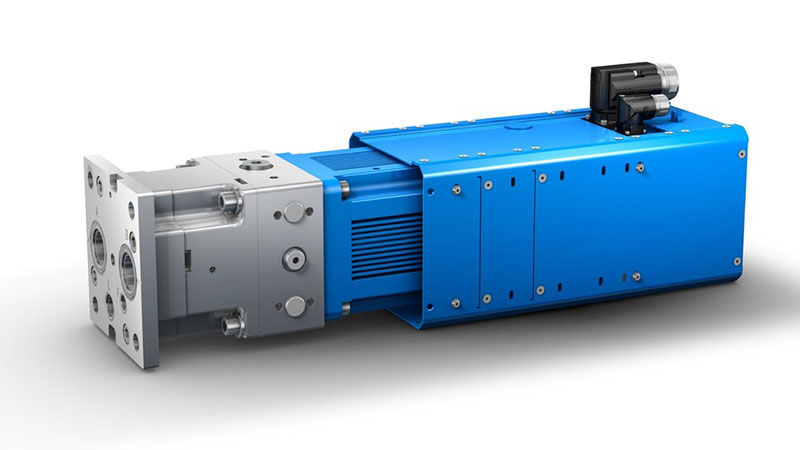To launch its appearance at the 2022 Hannover Messe trade fair, Voith Turbo will present its compact, variable speed pump drives DrivAx IQ4 and DrivAx RQ4. The new drives extend the broad portfolio of the DrivAx product family. Other highlights at the drive specialist’s exhibition stand will be the self-contained servo drive DrivAx CLDP, whose ten-year success story is set to continue in new sizes, and the DrivAx CLCP, which was specially developed for robotics applications and can be seen live in action at the Voith Turbo stand. DrivAx IQ4 drives consist of a servo motor with a directly mounted internal gear pump that jointly controls volumetric flow and pressure. The system allows for a maximum volumetric flow of 125 l/min and a maximum pressure of 270 bar. The speed-controlled pump drive DrivAx IQ4 combines energy efficiency with high power density and robustness. Unlike conventional, valve-controlled hydraulic systems, the DrivAx IQ4 offers power on demand. Thanks to this power-on-demand principle, the system can operate energy-efficiently at lower speeds in the part-load range and outside the machine cycle.
The DrivAx RQ4 consists of a servo motor and a directly mounted radial piston pump that together regulate a volumetric flow of a maximum 450 l/min at a maximum pressure of 350 bar. The speed-controlled pump drive combines energy efficiency with high power density and robustness. In addition, unlike conventional valve-controlled hydraulic systems, the DrivAx RQ4 offers power on demand. This means that the system works efficiently at lower speeds in the part-load range and outside the machine cycle. This power-on-demand principle in combination with the load-dependent switchable pump allows special load profiles with reduced-size motor and peripherals to be realized. The compact design and interface architecture allow easy integration into the machine and control system.


